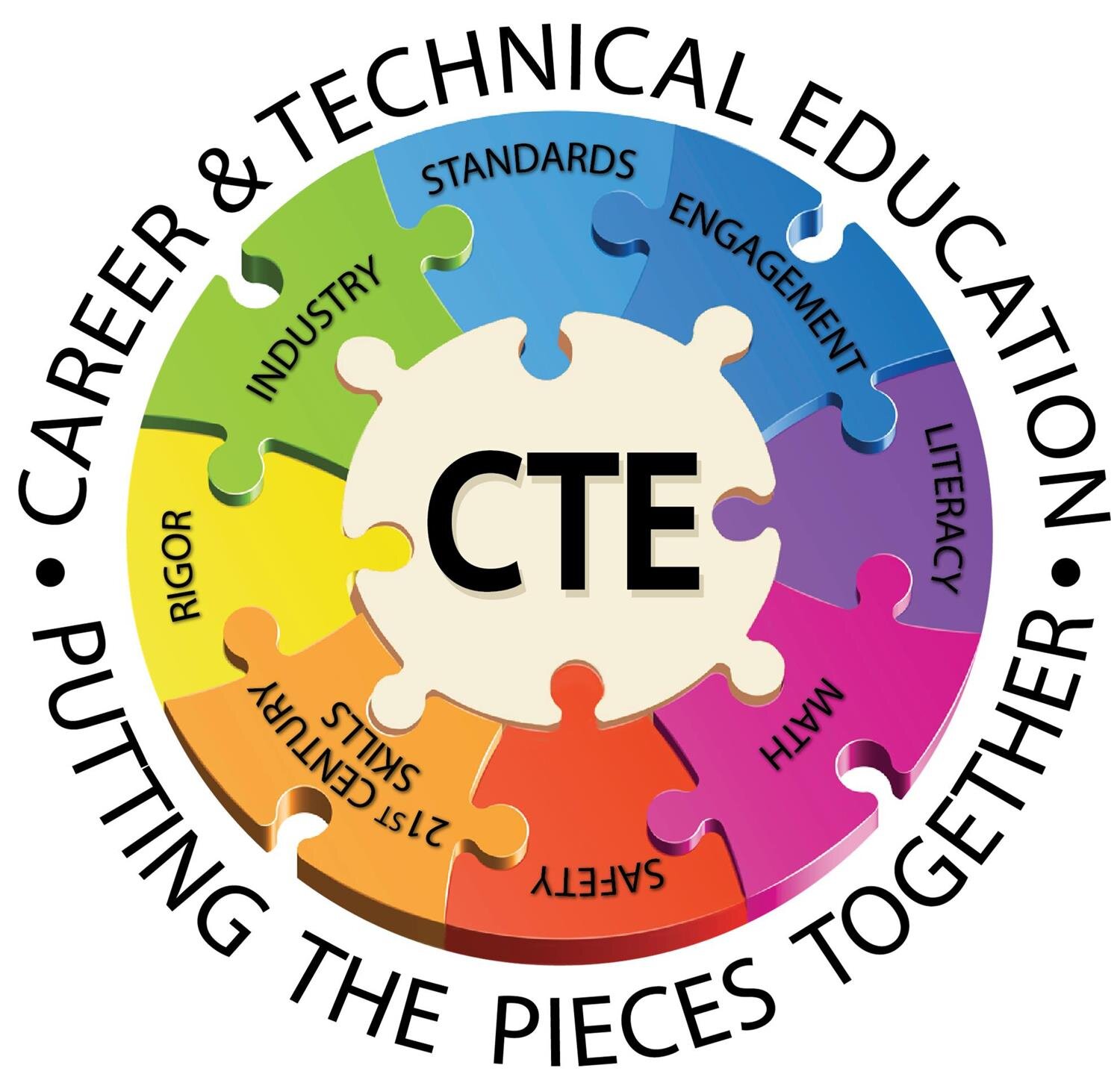There is an ongoing debate on whether Career and Technical Education (CTE) schools are beneficial or useless. Some say CTE programs are an ineffective replacement for the core academic subjects, while others claim they offer students a competent way to pursue a non-traditional career path. In this essay, I will be explaining the importance CTE has in today’s workforce and why it is crucial for students to take CTE classes.
Career and Technical Education (CTE) prepares students for in-demand career
1. Identification of high-growth industries
Although it may not seem like it, today’s job market is very different from even just a decade ago. In fact, the Bureau of Labor Statistics predicts that several different careers will have an “above-average” growth rate by the year 2022. As a result, this is one of the best times to join or rejoin the workforce. But which fields are poised to grow? That’s something you should consider when you’re thinking about beginning your career or advancing your education. So in this post, we’ll outline some of the top opportunities that are expected to be in high demand during this period of time.
2. Development of relevant job skills
You dreamed of a job in business, but your grades were just not high enough to get you into the prestigious programs. You’re not alone. Certainly, there’s always room for improvement, but what if that’s where it ends? What side doors can you open to get into a good business program now?
3. Increased job opportunities
According to the Boarding Schools in India, The need for new and highly specialized skills has never been greater. Workforce development is one of the hottest topics in education today. Employers are so hungry for skilled workers, they are looking to fill positions within weeks of a worker’s hire date. The Center for Talent Enhancement at Peirce College (CTE) is here to help you acquire in-demand skills.
Career and Technical Education promotes hands-on learning
1. Active engagement in the learning process
We know that students learn best when they’re actively engaged in the learning process. That’s why we use CTE, which stands for “Connected Teaching and Engaged Learning.”
Connected Teaching and Engaged Learning is a teaching approach that uses real-world experiences to help learners gain the knowledge and skills they need for success in their personal lives, careers, and citizenship. By connecting classroom learning with real-world examples, CTE helps students develop a deeper understanding of what they’ve learned.
It’s also designed to engage students in their own learning process by encouraging them to become active participants in their own education. In this way, CTE helps learners build the confidence they need to succeed not only on the job but in life as well.
2. Application of knowledge and skills in real-world situations
CTE promotes hands-on learning
The National Center for Education Statistics (NCES) released a report in 2015 on the benefits of CTE programs. The study found that students in CTE programs have higher graduation rates, better career prospects, and higher wages than those who do not participate in such programs.
Participation in CTE classes can also help students develop skills that will be useful when they pursue careers or go to college. For example, taking an auto repair class can help students understand how cars work and how to fix them if something goes wrong. Students who take these classes may find it easier to understand how their own cars work and how to fix them if there’s a problem with them later on down the road.
3. Development of problem-solving and critical-thinking skills
Education can be a powerful tool for change. It can help us to understand the world we live in and our place within it. It can teach us about ourselves as individuals and how we relate to other people and things in our environment. And it can help us to develop our minds so that we are able to think critically about what we are learning and how it relates to what we already know.
Education is a powerful tool for social change because it can help us to understand the world we live in and our place within it. It can teach us about ourselves as individuals and how we relate to other people and things in our environment. And it can help us to develop our minds so that we are able to think critically about what we are learning and how it relates to what we already know.
Career and Technical Education provides opportunities for industry partnerships
1. Collaboration with local businesses and organizations
CTE programs are often located in the same building as local businesses, or they have relationships with them. For example, a CTE program might partner with the local grocery store to provide internships for students who want to learn about food preparation, or with a car dealership to teach students about auto repair and maintenance. Businesses benefit from getting involved in these partnerships because it helps them recruit new employees and provide training opportunities for current employees.
2. Access to industry experts and mentors
The Career and Technical Education program offers students the opportunity to collaborate with industry experts and mentors. Students get to learn new skills and gain hands-on experience in their field of interest.
“In our school district, we have a unique partnership with Lockheed Martin where they’ve provided us access to their facilities,” said Robyn Christie, director of career and technical education at North Shore School District 112 in Illinois. “Our students have been able to take part in internships at their facility.”
The district has also partnered with local companies such as Allstate Insurance and Hyatt Place Chicago/Waukegan to provide real-life experiences for students.
“Students were able to go through the interview process for jobs at Hyatt Place,” Christie said. “They were also able to learn about hospitality management from that experience.”
3. Exposure to emerging trends and technologies
The Career and Technical Education program is an ideal platform for industry partnerships, as the curriculum gives students the opportunity to explore emerging trends and technologies through hands-on learning.
The CTE program’s project-based approach allows students to apply their classroom knowledge to real-world scenarios. Students often partner with local companies to solve real-world problems or develop new products or services.
In addition to industry partnerships, the Career and Technical Education program also partners with local businesses and nonprofits to provide internships and career shadowing opportunities.
Career and Technical Education offers a range of educational pathway

a. Courses in the academic core that are taught by certified teachers. These courses count toward high school graduation requirements, but they meet standards set by the state board of education.
b. College-level courses that prepare students for college admission or to earn college credit while still in high school.
c. Career and technical education programs that provide students with the knowledge and skills needed to enter an industry or occupation directly after graduation.
1. Flexibility to pursue diverse career interests
As per research conducted by Schools in India, Career and Technical Education offers a range of educational pathways to help students prepare for careers in the 21st century. Career and Technical Education (CTE) programs are designed to give students an academic foundation in one or more career areas, while also providing hands-on learning experiences.
Career and Technical Education courses may include college prep classes that focus on skills needed for success in the workplace and higher education. Students can also choose to pursue an Associate’s degree or Certificate of Completion by enrolling in Career and Technical Education courses at their local community college.
Conclusion
The future of the workforce is shifting. The days of getting a college degree and sticking with one company for a 40-year career are gone. As technology permeates every aspect of our lives, more job functions are being taken over by machines, leaving employees to work in roles that require adaptability and creativity. And while this is certainly the case, many jobs still depend on technical skills.
Until we develop artificial intelligence to replace common workers, there will be a need for individuals who know how to transform raw data into usable information. Career and Technical Education prepares students for these jobs. It allows them to gain an important combination of hands-on training from industry representatives, academics, and school faculty. When they graduate, they have the opportunity to continue learning and keep up with changes in technology as they occur.
For any queries related to parenting, schooling, or any student-related tips, click here to check out our latest blogs.









